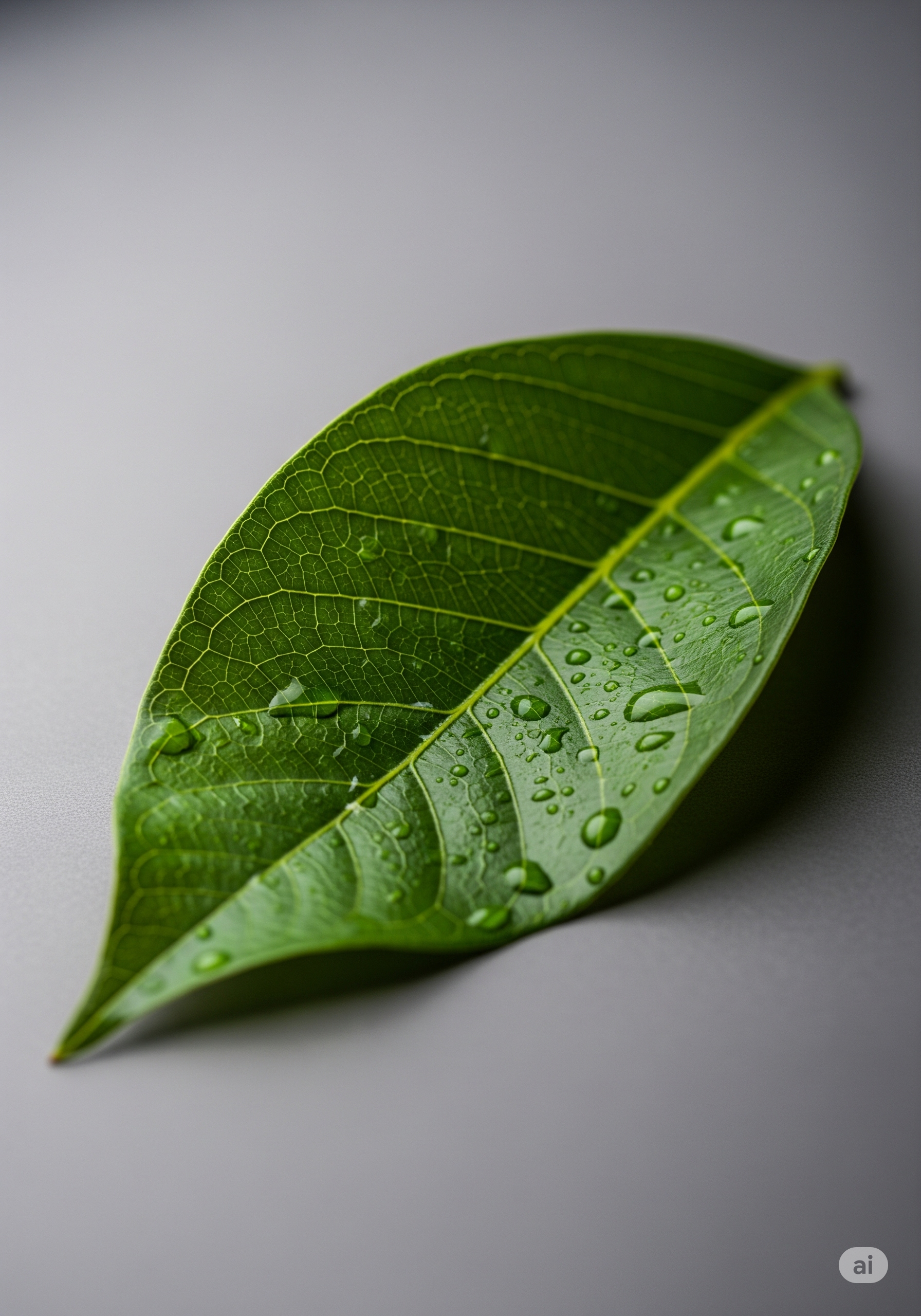Weeping Boerbean (Huilboerboon) #
Schotia brachypetala

Quick Info #
- Distribution & habitat: Zimbabwe, Mozambique, Transvaal, Natal, Swaziland, Eastern Cape and Transkei – scrub forest and bushveld, usually next to rivers, often on termitaria
- Family: Fabaceae
- Florescence: August to November
- Fruiting: January to May
- Leaf habit: evergreen, deciduous or semi-deciduous
- Name origin: brachy means “short” and petala means “petals”. The common name is due to so much nectar dripping from the flowers, it looks like the tree is crying. The scientific name also refers to Richard van der Schot.
- Other names: African walnut, boerboon, hottentots bean, ishimnumyane (Xhosa), mfofofo, molope (Northern Sotho), mutanswa (Venda), nwavilombe (Tsonga), umutwa (Tswana), tree fuchsia, umgxamu (Zulu), uvovovo (Swati)
Description #
The weeping boerbean is of medium size, around 5 to 15/25 m high, with a rounded, densely-branched crown and a beauty that can endure throughout the year in some climates. The tree is fairly cold-resistant, though it has to be protected from rime the first few winters. The crown spreads widely and sort of looks like an umbrella. The trunks typically branch out rather low. The greyish to reddish-brown bark is rough and breaks open in small, formless blocks which peel off.
The leaves are bunches of pinnas shaped like feathers. They’re elliptical to elongated, asymmetrical, hairless, glossy and dark-green. The younger leaves, however, are brown to brownish-red.
The sickle-shaped, woody pods are typical of the genus. They’re flat, hard, dark-brown, and rough. They split open while still on the tree. The somewhat-flattened, jagged seeds have yellow arils.
The incredibly captivating, waxlike flowers are densely clustered, primarily growing on old wood, and deep red or scarlet in colour (except for the anthers). All or some petals are reduced to thread-like filaments and flowering is not consistent every year. If flowering does occur properly, though, the nectar will drip with the softest shake of the tree.
Uses & Ecology #
The leaves are browsed by game. They’re also burned and the smoke inhaled to stop nasal bleeding. The powdered leaves are placed on tropical abscesses to speed up healing. The seeds are edible after roasting.
Apes, children, insects, and several birds enjoy the nectar of the flowers. Black rhinoceroses eat the bark. The bark has been used for the preparation of an agent against diarrhoea, hangovers and heartburn. It is also used for tanning.
The wood is termite-resistant and particularly good for making quality furniture such as benches and chairs. It has also been used to make floorboards.
References #
- Mbambezeli, G. & Notten, A. (2014) Schotia brachypetala. Available at: https://pza.sanbi.org/schotia-brachypetala (Accessed: 23 September 2025)
- Coates Palgrave, K. & P. & M. (1989) Die Suid-Afrikaanse Boomgids. Johannesburg: Central News Agency.
- Letty, C. (1980) Ons eie boomboek. Cape Town: Tafelberg Publishers.
- Van Wyk, B & P. (1997) Field Guide to Trees of Southern Africa. Cape Town: Struik Publishers.
- Van Wyk, B. & P. (2008) Identifiseer die Bome van Suider-Afrika. Cape Town: Struik Publishers.
- Van Wyk, P. (1988) Veldgids tot die Bome van die Nasionale Krugerwildtuin. Cape Town: Struik Publishers.
- Venter, F & J.A. (2002) Benut on Inheemse Bome. Pretoria: Briza Publications.
Caution: Consult a qualified health practitioner before considering medically using or ingesting any plant parts. Any mentioned traditional uses are based on cultural practices and anecdotal evidence. They are not necessarily clinically proven or supported by modern scientific studies.